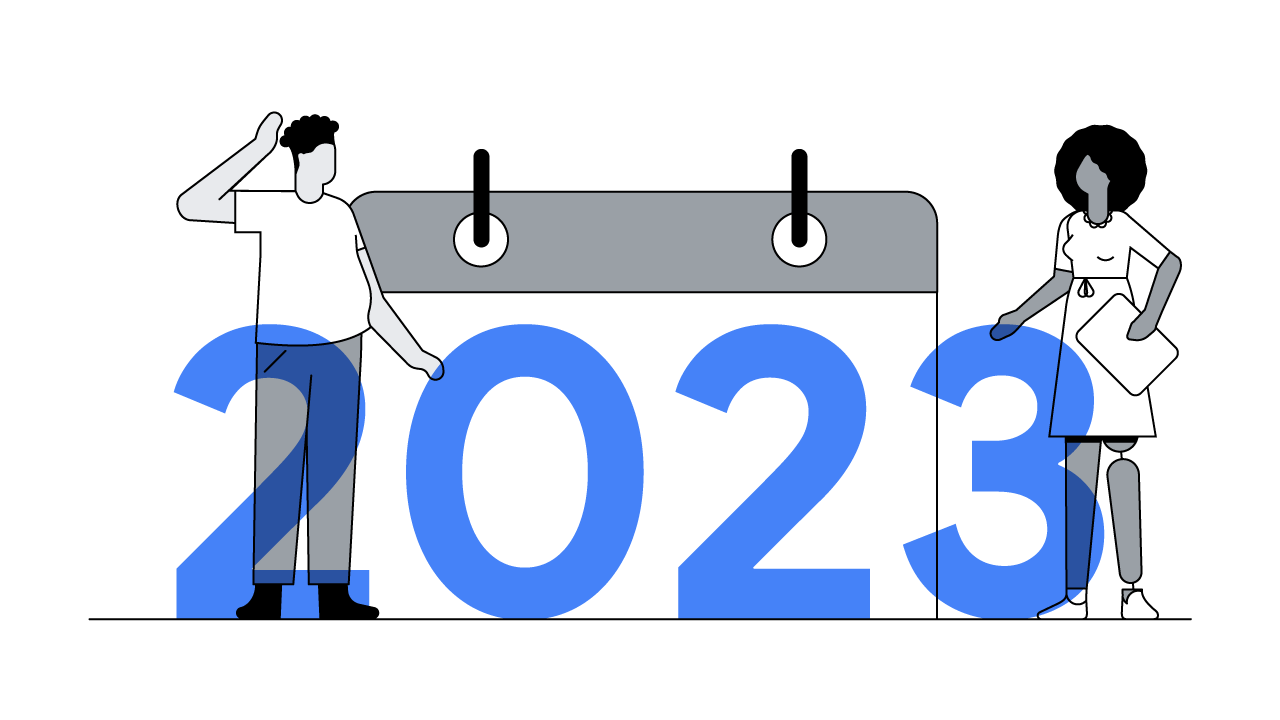Nathan Young is a group strategy director at the Minneapolis agency Periscope and the co-author of an open letter demanding ad agency leaders take action to end systemic racism within the industry. The letter has been signed by more than 600 Black professionals who represent nearly every major agency in the U.S. Here he outlines the immediate steps brands can take to make the industry more equitable.
Sparked by a rise in public solidarity with the Black Lives Matter movement, brands are facing growing pressure to act. Consumers and employees are demanding accountability on systemic racism. Initially, marketers responded by issuing statements, social media posts, and ads, thinking they’d be able to recycle the relatively successful playbook they developed for the COVID-19 pandemic. But the pushback from consumers was forceful and clear: They wanted to see meaningful action from brands on the issue of race, rather than performative activism.
According to a June 2020 poll from Edelman, 60% of Americans would now boycott or switch to a brand depending on its response to this hot button issue. That number jumps to 70% when asked of the key 18- to-34-year-old demographic.1 Those findings underscore the sense of urgency this moment has rendered.
Of course, rooting out systemic racism is a collective effort that won’t be solved overnight. But there are three actions brands can take right now to enact meaningful change.
Have the talk with your teams about racial inequity
A predominant theme has emerged in conversations with the more than 600 Black ad industry professionals who signed our letter: Leadership isn’t listening. There has been a tendency among leadership in both brands and agencies to solve for diversity from the boardroom. We have tried that approach for decades now and — let’s be honest — it hasn’t worked.
This moment is a stern reminder of the perils of top-down management. Ideas that sound great on paper can be disastrous in practice, and if you aren’t talking to your employees you will miss the failure. Leadership has pointed to a “lack of pipeline” or a “restricted talent pool” as the reason behind stalled diversity and inclusion efforts. But if they took a moment to ask Black or non-Black people of color (NBPOC) employees how they feel, they’d uncover the harsh truth at the heart of the matter: We don’t feel valued.
Many Black agency employees have relayed to us that as a result of our open letter, leadership reached out to them to talk for the first time in their careers. Shocking as that may seem, it is depressingly common for Black employees. Leadership tends to keep employees who are Black or from underrepresented groups at a distance and avoids having direct conversations about race, presumably out of fear of legal retaliation or an unwillingness to be uncomfortable.
But avoiding direct conversations with your staff will only lead to an exodus of underrepresented talent.
People won’t stay where they don’t feel heard.
People won’t stay where they don’t feel heard. Any successful diversity and inclusion initiatives must start with frank conversations between leadership and the employees of color they serve. If you open your ears, we will tell you the change we need to see in order to feel included, supported, and positioned to succeed.
Increase transparency around diversity data
Of all the 12 items listed in our open letter, the most critical action item is increased transparency around diversity data. The reasoning is simple: You cannot fix what you cannot measure.
In 2018, the Association of National Advertisers, a trade organisation representing the largest brands in America, asked its members to provide anonymised data on the make up of their marketing staff. This landmark study showed that, while there was significant representation of women across all seniority levels, the industry had a long way to go with respect to people of color. This led to a flurry of industry activity, including increased funding to diversity programs and a commitment by ANA members to improve numbers year over year.
Anonymized industry data is helpful, but public company data is far more instructive. Leading tech brands like Apple, Facebook, Google, and Microsoft have been releasing their diversity data to the public for five years. Estée Lauder, Sephora, and Revlon released their diversity data after a pressure campaign called “Pull Up for Change” was launched by Black cosmetics CEO Sharon Chuter. Adidas released its diversity numbers and committed to ensuring 30% of all U.S. hires were either Black or Latinx after mounting pressure from the public and internally.
Data creates critical accountability that consumers and employees have been demanding for years.
Though data alone will not solve the diversity challenge, it creates critical accountability that consumers and employees have been demanding for years. Leading brands must be more transparent with their diversity data if they want customers to believe that they’re taking systemic racism seriously.
But if brands are holding themselves accountable to diversity, why aren’t agencies?
Today, there is no remotely accurate estimate of how many people of color work within the advertising industry. And it’s not because agencies don’t have the data; it’s because they won’t release it. Not only is this a shocking abdication of responsibility, it is a critical blocker to progress on diversity and inclusion.
Leading brands should get ahead of the issue, release their diversity data, and strongly urge their agency partners to do the same.
Brands have a real opportunity to provide leadership to agencies when it comes to diversity.
Hold your agencies accountable
Though there is still much work to be done, brands have actually done a much better job at diversity and inclusion than agencies. Nearly all people of color in my network who have exited the agency world due to discrimination or a feeling of being unwelcome have transitioned to the brand side. And they’ve said they felt much happier in their jobs. While brands look to agencies for leadership on creativity, brands have a real opportunity to provide leadership to agencies when it comes to diversity.
In 2016, General Mills required that all agencies pitching for its business were staffed with at least 50% women and 20% people of color within the creative department. The company issued this requirement not just because it was the right thing to do, but because it was the right thing to do for its business. General Mills rightly asserted that if it’s marketing its products to all Americans, the makeup of the team that created the advertising campaigns should better reflect the true diversity of America. Leading companies like HP and Verizon followed suit with their own programs requiring diversity, leading to some radical changes in their creative staff’s makeup.
If all brands took the simple step of holding their agencies accountable to improving diversity, the impact would be immediate and incredible. In your next conversation with your account director, ask them how they are taking steps to address racial inequity in their staff. Never forget that at the end of the day, the client holds the power in agency-client relationships. If you are in favor of increased diversity, demand it from your agency partners.





